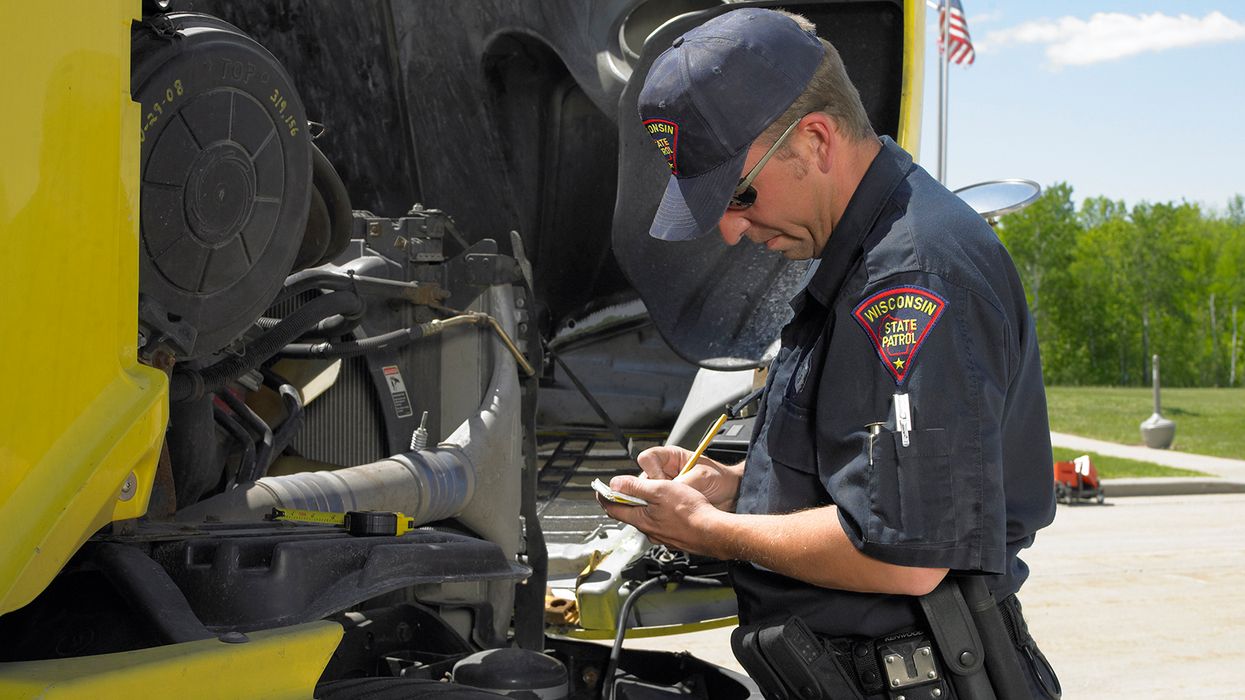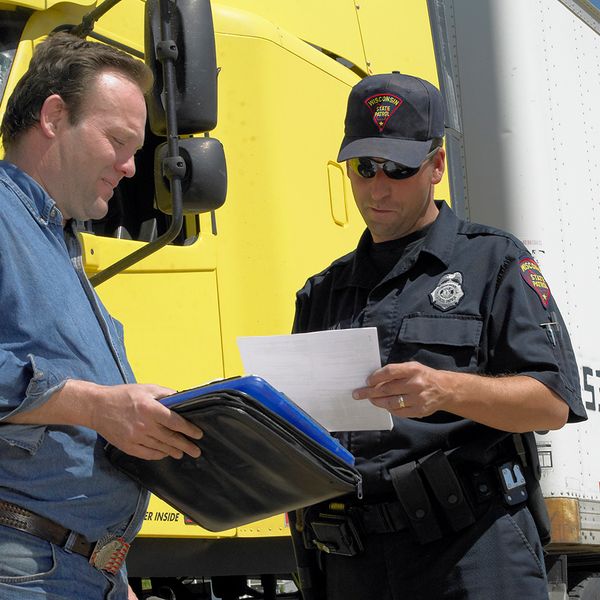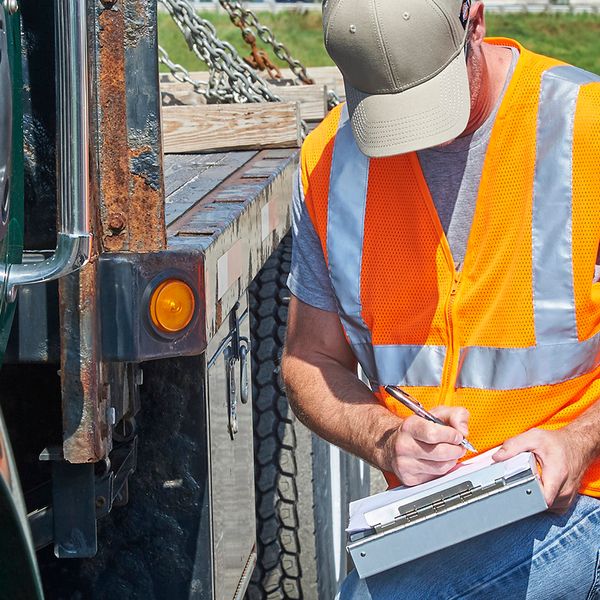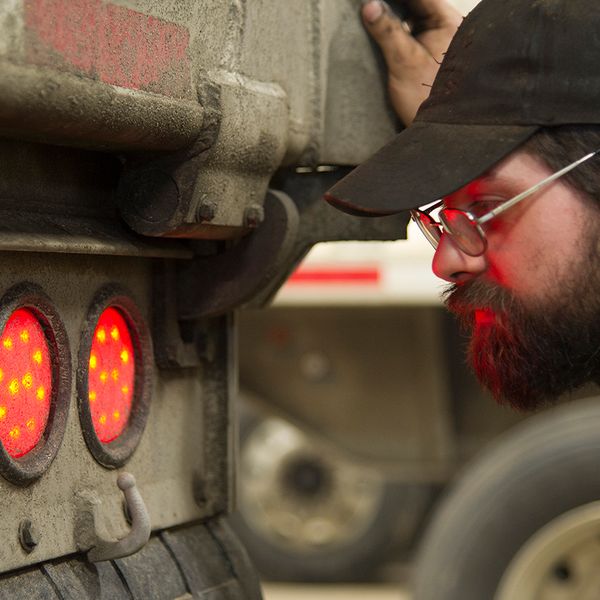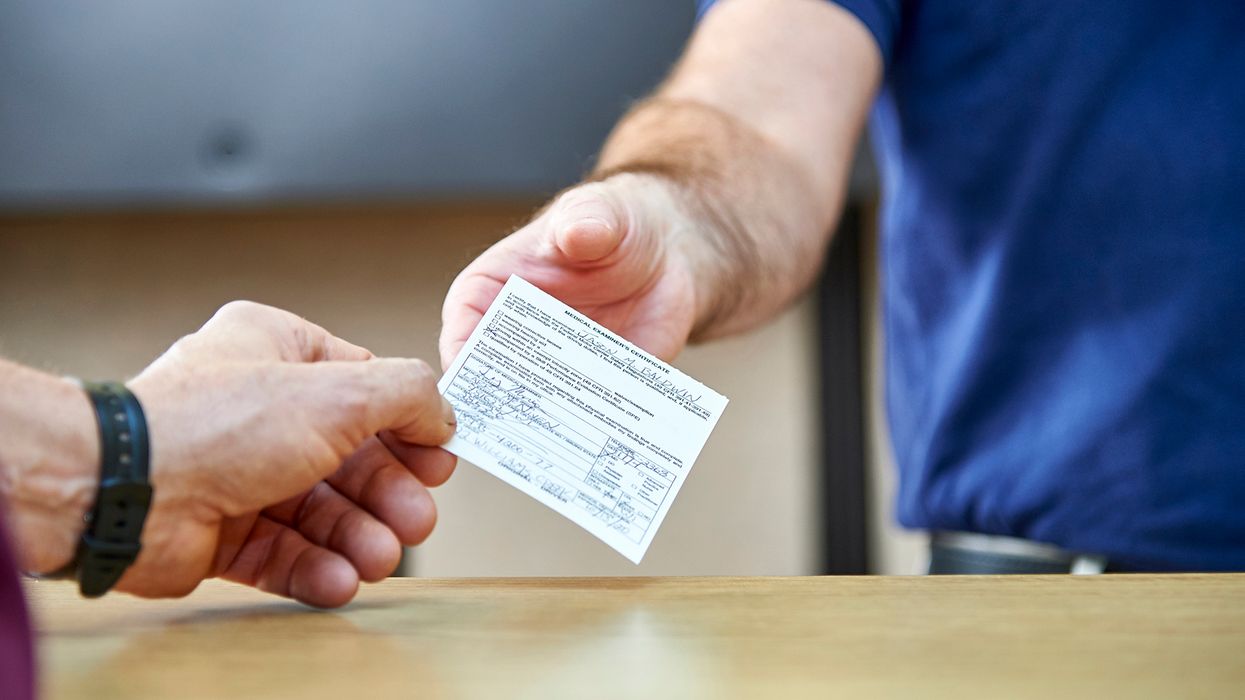We had a vehicle violation on a roadside inspection, now what?
The regulations having to do with the required follow-up when a vehicle violation is listed on a roadside inspection report can be confusing. What you need to remember is 1, 2, 3, and 15.
Step 1: Determine if the violation was an out-of-service violation
If a defect resulted in an out-of-service violation, it must be addressed before the vehicle can be operated again. This means it must be repaired at the inspection site or towed in for repairs (396.9(2) and (3)). In rare cases, such as the inspection taking place on a roadway, the officer may allow the driver to move to a safer parking place. If this is done, once the vehicle is moved to a safe parking place, the same rules apply (it must be repaired there or towed).
Step 2: Not an out-of-service violation
If there are violations (defects) that did not result in an out-of-service order, the procedure that must be followed is that the defect must be repaired during the driver’s workday, or as part of the next DVIR cycle (396.9(d)(2) and 396.11).
Just a refresher when it comes to 396.11: If the driver discovers or is aware of a defect on the vehicle (such as being given a roadside inspection report listing a vehicle violation), the driver must submit a DVIR to the carrier at the end of the workday (396.11(a)(1) and (2)). A carrier official must then address the defect before the vehicle is operated again (396.11(a)(3)). Addressing the defect can include:
- Doing or overseeing the necessary repairs, or
- Determining that the defect is not safety- or compliance-related and need not be repaired.
Once the defect has been addressed, the carrier official must sign the DVIR. The next driver to operate the vehicle must then sign the DVIR, acknowledging that the defect has been addressed (396.13(b) and (c)). The DVIR must then be kept for three months.
Step 3: Document the repairs
The actual repair, whether it was done the day of the inspection or as part of the next DVIR cycle, must be documented. The documentation of the repair must be kept for 12 months (396.3(b)(3) and (c)). If the repair was documented on the DVIR, then the DVIR has become a maintenance record (as well as a DVIR) and must be kept for 12 months.
Step 15: Sign and return the form
Here is one of the sources of confusion. Under 396.9(d)(3), if violations were listed on the roadside inspection report, the carrier has 15 days to return a signed copy of the report to the issuing agency. That does not mean the carrier has 15 days to make repairs. It means the carrier has 15 days to return the form showing that action was taken to correct the violations.
Key to remember: If a defect is listed as a violation on a roadside inspection report, you must make sure that any out-of-service defects were addressed before the vehicle was operated and that all other defects were taken care of the day of the inspection or as part of the DVIR process at the end of the day.

